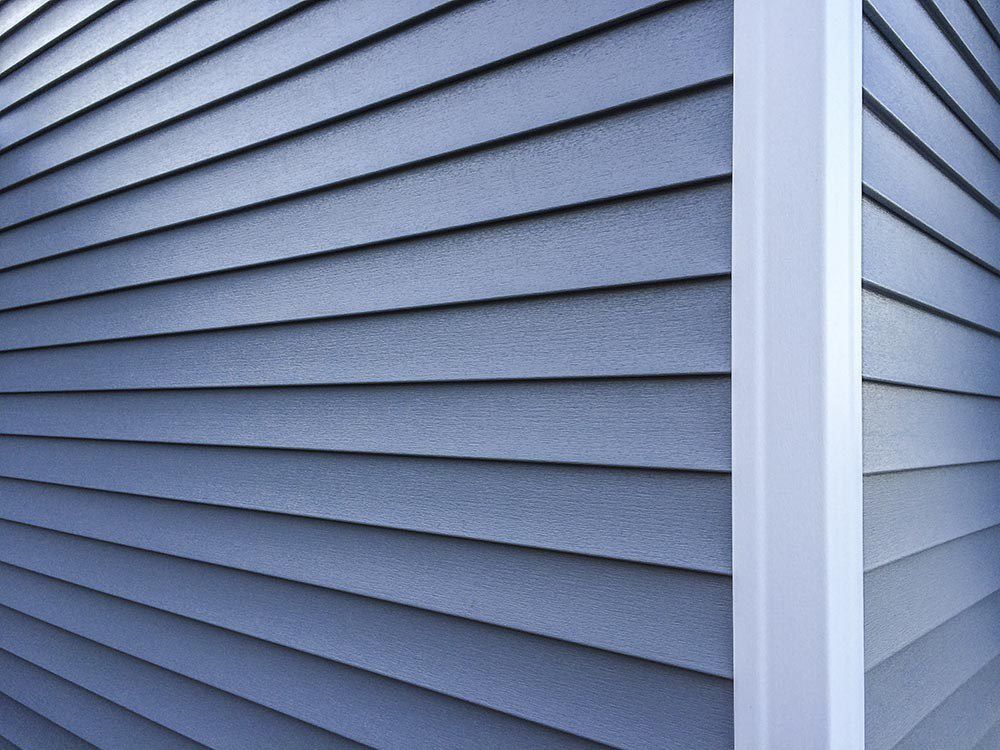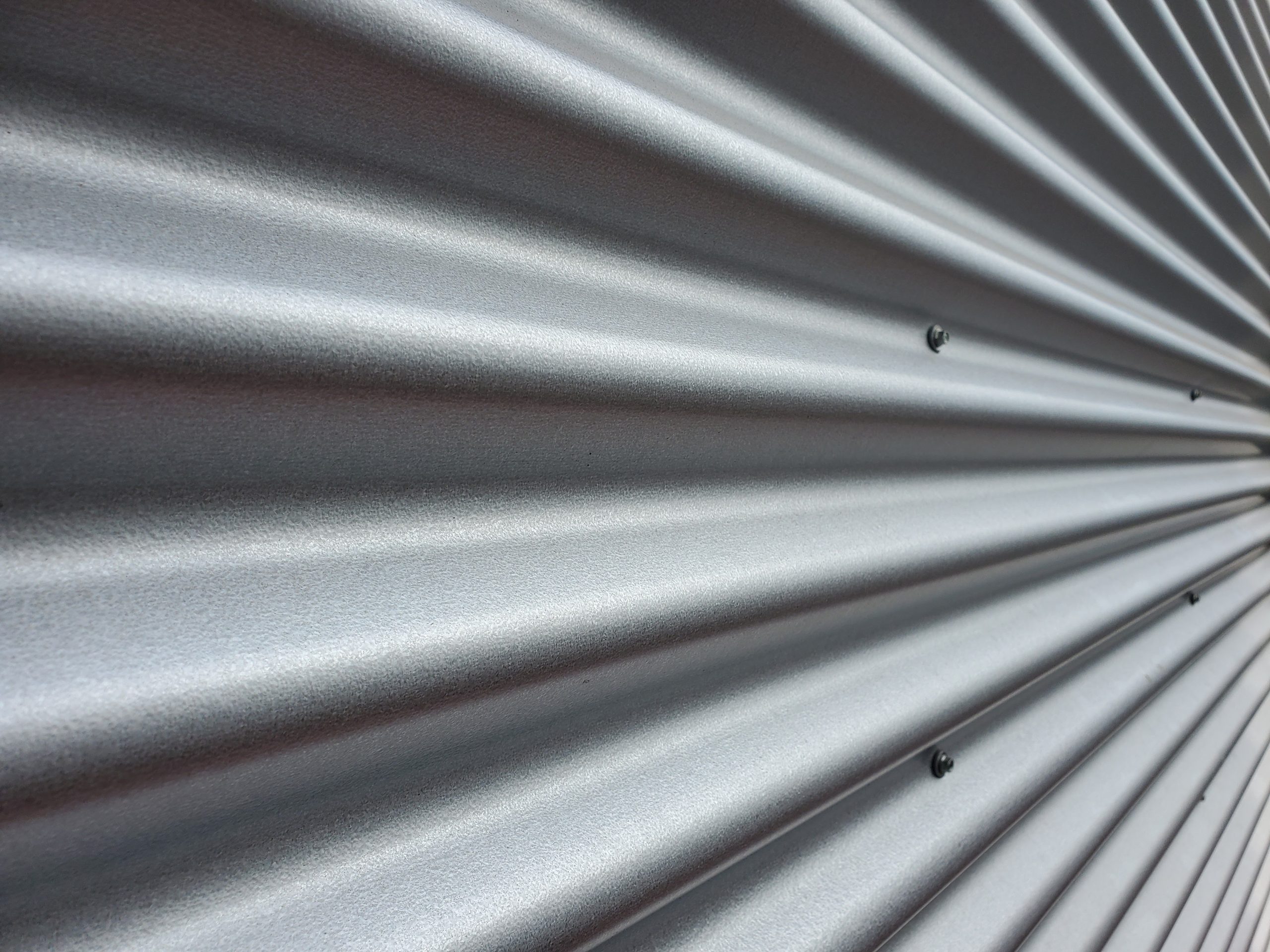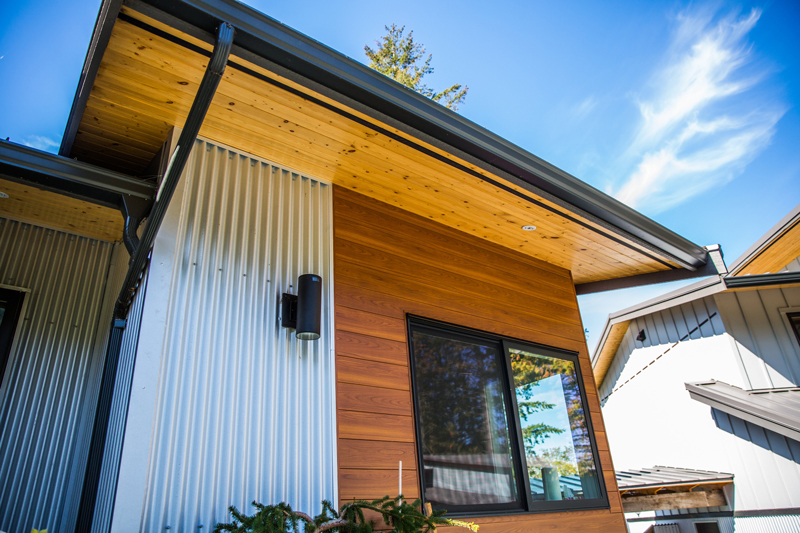Vinyl Siding Advantages
A Blend of Aesthetics, Affordability, and Durability
Vinyl siding is a popular choice for homeowners due to its versatility, offering a wide range of colors and textures that suit various architectural styles. This material is known for its ease of installation, which often results in lower labor costs compared to materials like aluminum siding.
Moreover, vinyl siding is cost-effective, not only in initial purchase but also in long-term value, as it requires minimal maintenance to maintain its appearance.
Unlike aluminum, which may be prone to denting or corrosion, vinyl is more durable and resistant to such issues, making it a practical and economical option for home cladding.
This blend of aesthetic appeal, affordability, and low upkeep makes vinyl siding an attractive choice for home improvement projects.
Aluminum Siding Benefits
Strength and Weather Resistance
Aluminum siding is renowned for its exceptional durability and strength, making it a preferred choice for many homeowners. Its resilience to harsh weather conditions, including extreme temperatures, wind, and rain, stands out as a significant advantage over other materials like vinyl siding.
Aluminum’s lightweight nature facilitates easier handling and installation, potentially reducing labor costs.
A notable feature of aluminum siding is its resistance to fire, providing an added layer of safety for residential properties. Furthermore, the cost of aluminum siding is often justified by its long lifespan and minimal maintenance requirements.
Unlike vinyl, aluminum does not succumb easily to dents and corrosion, ensuring it remains an attractive and practical option for exterior home cladding.
These benefits, combined with its weather resistance and durability, make aluminum siding a wise investment for homeowners seeking long-term value in their siding choice.
Vinyl vs Aluminum Siding
Weighing the Options
When comparing vinyl and aluminum siding, each offers unique advantages for homeowners. Vinyl siding, known for its variety of colors and styles, provides an aesthetically versatile option at a relatively lower cost.
Its ease of installation and minimal maintenance requirements – typically just routine cleaning – add to its appeal.
On the other hand, aluminum siding stands out for its superior durability and strength, particularly in harsh weather conditions. It is more resistant to dents and corrosion compared to vinyl, which can be a crucial factor in areas with severe climates.
In terms of cost, while the initial investment in aluminum can be higher, its longevity and lower long-term maintenance can make it a cost-effective choice over time. Furthermore, aluminum’s fire resistance is a notable safety feature.
Choosing between vinyl and aluminum siding ultimately depends on individual preferences, budget constraints, and specific environmental conditions, as both materials offer distinct benefits for exterior home cladding.
Energy Efficiency of Vinyl vs Aluminum Siding
Comparing Insulation Properties
In the debate on energy efficiency between vinyl and aluminum siding, each material brings distinct insulation characteristics to the table. Vinyl siding is often favored for its ability to enhance home insulation.
Many vinyl siding options come with insulated backing, which significantly reduces heat loss, thereby contributing to lower energy costs in homes.
This feature is particularly beneficial in regions with extreme temperatures. Aluminum siding, while durable and robust, typically does not offer the same level of insulation as vinyl.
However, it can reflect radiant heat, which helps in maintaining a consistent temperature inside the home, albeit not as effectively as insulated vinyl.
The energy efficiency of both materials also ties into their environmental impact; vinyl siding, with its better insulation properties, can lead to reduced energy usage for heating and cooling.
When choosing between vinyl and aluminum siding, homeowners should consider their local climate and energy efficiency needs, as these factors play a crucial role in determining the most suitable and cost-effective option for exterior home cladding.
Exterior Home Cladding Options
A Guide to Choosing the Right Material
Selecting the right material for exterior home cladding is crucial for both aesthetic and functional purposes. Homeowners today have a variety of options, each with its own set of benefits.
Vinyl siding, popular for its versatility and low maintenance, offers a wide range of colors and styles, making it a go-to choice for those looking to enhance their home’s curb appeal without frequent upkeep.
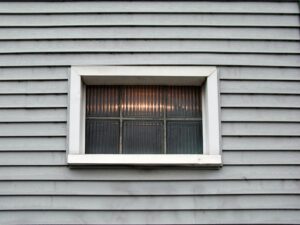
Aluminum siding, on the other hand, is celebrated for its durability and strength, particularly in areas prone to harsh weather conditions. It stands up well to elements like rain and wind, though it may not offer the same level of insulation as vinyl.
Other materials such as brick, stone, and wood are also available, each contributing a unique aesthetic and functional properties to home exteriors.
The cost of these materials, along with their maintenance requirements and durability, varies, making it important for homeowners to weigh these factors in relation to their specific needs and climate conditions.
Ultimately, the choice of exterior cladding should align with the homeowner’s style preferences, budget constraints, and the environmental demands of their location.
Environmental Impact of Vinyl and Aluminum Siding
Assessing Sustainability
The environmental impact of vinyl and aluminum siding is a critical consideration for eco-conscious homeowners. Vinyl siding, while praised for its low maintenance and durability, raises concerns due to its production process, which involves the use of PVC (polyvinyl chloride).
This material can release harmful chemicals during manufacture and disposal, posing environmental risks. However, advancements in recycling technologies have made it possible to reuse and repurpose old vinyl, mitigating some of these concerns.
On the other hand, aluminum siding is highly recyclable, which significantly reduces its environmental footprint.
The energy-intensive production of aluminum is offset by its long lifespan and the fact that it can be recycled multiple times without losing quality. Additionally, aluminum’s lightweight nature contributes to reduced energy consumption during transportation.
When considering the environmental impact of these siding options, homeowners should weigh factors such as the sustainability of the material, its energy efficiency in terms of insulation, and the recyclability at the end of its life cycle.
Both vinyl and aluminum siding have distinct environmental profiles, and understanding these can help in making a more informed, environmentally responsible choice for home cladding.
Comparing the Aesthetics of Vinyl and Aluminum Siding
Style and Design Considerations
The aesthetic appeal of vinyl and aluminum siding varies significantly, influencing homeowner preferences based on style and design.
Vinyl siding offers a wide array of color choices and textures, allowing for greater customization to match various architectural designs. Its ability to mimic wood grain and other natural textures provides a versatile option for enhancing curb appeal.
Aluminum siding, while more limited in color and texture options, offers a sleek, modern look that appeals to those seeking a more contemporary aesthetic. It’s known for its crisp lines and can also be painted, although it may require more maintenance to retain its appearance.
In terms of long-term aesthetics, vinyl siding maintains its color and appearance with minimal upkeep, whereas aluminum can be prone to fading and denting over time.
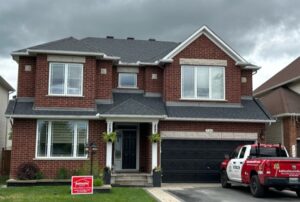
When it comes to home improvement and exterior cladding, the choice between vinyl and aluminum siding depends on the homeowner’s desired visual impact, the architectural style of the house, and the level of maintenance they are willing to undertake to preserve the siding’s appearance.
Both materials provide distinct aesthetic advantages, making them suitable for a range of personal tastes and home styles.
Home Improvement Siding Choices
Navigating Through Options
When it comes to home improvement, choosing the right siding is crucial for both the aesthetic and functional integrity of a house. Homeowners are presented with a variety of siding choices, each offering unique benefits.
Vinyl siding is highly sought after for its low maintenance, wide range of colors, and ease of installation, making it a convenient and cost-effective option.
On the other hand, aluminum siding is valued for its durability and resistance to harsh weather conditions, though it may come at a higher cost and with different maintenance requirements.
Beyond these, other materials like wood, fiber cement, and brick offer additional options, each with its own set of characteristics in terms of durability, maintenance, and aesthetic appeal.
The cost of these materials varies, and so does their long-term value, which should be considered alongside the home’s architectural style and the local climate.
The decision on the type of siding for home improvement should be based on a balance between personal style preferences, budget constraints, and practical considerations like longevity and maintenance needs.
With the right choice, siding can not only enhance a home’s exterior but also contribute to its overall value and protection.
Weather Performance of Vinyl and Aluminum Siding
Durability in Varied Climates
Assessing the weather performance of vinyl and aluminum siding is crucial for homeowners, especially in areas prone to extreme weather conditions. Vinyl siding is known for its resilience in various climates; it withstands high winds and does not succumb to rust or corrosion.
However, it can become brittle in extreme cold and may fade over time under constant sun exposure.
In contrast, aluminum siding excels in its ability to resist corrosion and rust, making it a superior choice in coastal areas with high humidity or salt spray. Its durability is further highlighted in regions with frequent storms or hail, as it is less likely to sustain damage compared to vinyl.
The cost of maintenance for aluminum can be higher if repainting is required to address fading or chalking.
Both vinyl and aluminum siding offer specific benefits and limitations in terms of weather performance, and understanding these can guide homeowners in making an informed choice for their home cladding, balancing the factors of longevity, maintenance, and overall investment.
Residential Siding Materials
Exploring the Range of Options
In the realm of residential siding materials, homeowners have a plethora of options to consider, each offering distinct characteristics and benefits. Vinyl siding is widely favored for its affordability, ease of maintenance, and a vast selection of colors and styles, making it a versatile choice for various home designs.
Aluminum siding, known for its durability and weather resistance, stands as a robust option, particularly in harsh environmental conditions, though it may come with a higher cost.
Beyond these, materials like wood, fiber cement, brick, and stone offer alternative choices, each adding unique aesthetic and functional qualities to a home.
Wood siding, for instance, provides a classic, natural look but requires more maintenance to prevent rot and insect damage. Fiber cement is praised for its resilience and can mimic the appearance of wood or masonry.
Brick and stone, while more expensive and labor-intensive to install, offer unmatched longevity and a timeless appeal.
The decision on residential siding should be informed by factors such as local climate, desired maintenance level, architectural style of the home, and budget, ensuring that the chosen material not only enhances the home’s exterior but also aligns with the homeowner’s lifestyle and preferences.
Long-term Value of Vinyl and Aluminum Siding
Assessing Cost and Durability
Evaluating the long-term value of vinyl and aluminum siding is crucial for homeowners considering the overall cost and lifespan of these materials. Vinyl siding is known for its cost-effectiveness, not only in terms of initial purchase but also in regard to its maintenance and longevity.
Its resistance to fading, minimal upkeep, and ability to withstand various weather conditions make it a financially sound choice over the years.
In contrast, aluminum siding, while initially more expensive, offers notable durability and strength, especially in harsh climates. It’s less likely to crack or break compared to vinyl and is also fire resistant, which can be a significant factor in certain areas.
The maintenance costs for aluminum may be higher, particularly if painting is required to maintain its appearance.
Both materials, however, contribute to the overall energy efficiency of a home, which can result in additional cost savings.
When considering the long-term value of siding materials, homeowners should weigh the upfront costs against the expected lifespan, maintenance needs, and potential energy savings to determine which option offers the best financial and practical benefits for their home.
Factors Influencing Siding Durability
Key Considerations for Longevity
Several factors play a pivotal role in determining the durability of siding materials, affecting their lifespan and performance.
The material itself is a primary consideration; for instance, vinyl siding is known for its resistance to rot and insects, while aluminum siding is valued for its ability to withstand corrosion and rust. Environmental conditions are another crucial factor.
Siding in areas with extreme weather conditions, like heavy rain, snow, or strong UV rays, may face more wear and tear.
Installation quality significantly impacts durability; improper installation can lead to issues like moisture infiltration, which can compromise the siding’s integrity over time. The color and quality of the material also influence its longevity.
Darker colors may fade faster when exposed to sunlight, and lower-quality materials might not withstand environmental stresses as effectively as higher-quality options.
Maintenance practices are equally important; regular upkeep, such as cleaning and prompt repairs, can extend the life of both vinyl and aluminum siding.
By understanding and addressing these factors, homeowners can ensure that their choice of siding material will provide the maximum durability and long-term value for their homes.
Maintenance Requirements for Vinyl and Aluminum Siding
Keeping Up Appearances
Proper maintenance is key to extending the lifespan and preserving the appearance of both vinyl and aluminum siding. Vinyl siding is lauded for its low maintenance needs; it typically requires just a simple wash with mild soap and water to remove dirt and grime, ensuring it retains its aesthetic appeal over time.
Unlike aluminum, vinyl is less prone to denting and does not need repainting, which further reduces its upkeep efforts. Aluminum siding, while durable, may require more attention. It can be susceptible to fading and chalking and thus might need periodic painting to maintain its appearance.

Additionally, aluminum siding should be checked for dents and scratches, which can be more common due to its material properties. Both types of siding benefit from regular inspections to identify any damage or areas in need of repair, particularly after extreme weather events.
By adhering to these maintenance requirements, homeowners can ensure that their siding, whether vinyl or aluminum, continues to protect and beautify their home for many years.
Kaloozie Comfort: Guiding Your Siding Material Selection
Kaloozie Comfort specializes in helping homeowners choose the ideal siding material that suits their specific needs and preferences.
With their expert knowledge of various siding options, including vinyl and aluminum, they provide personalized consultations to assess factors like your home’s architectural style, local climate conditions, and budget.
Their approach considers the long-term value, maintenance requirements, and aesthetic appeal of different materials, ensuring that their recommendations align with both practicality and personal taste.
Whether you’re looking for the low-maintenance benefits of vinyl or the durability of aluminum, Kaloozie Comfort’s comprehensive service simplifies the decision-making process, guiding you toward a choice that enhances your home’s curb appeal and functionality.

